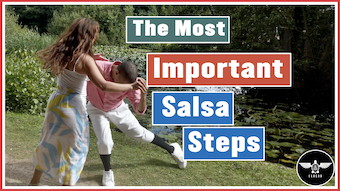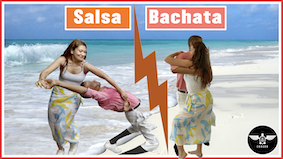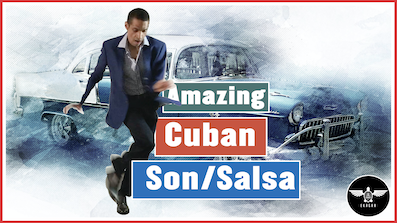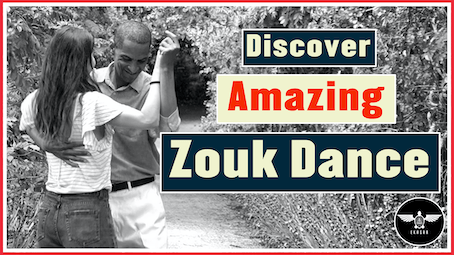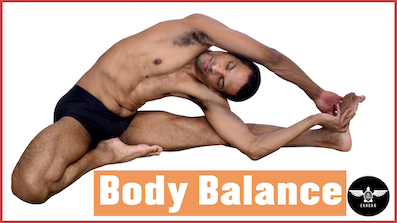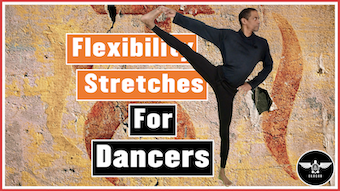
When you start dancing salsa, the most pressing request dancers have is, “What are the salsa steps?”.
Although I will cover some of the most basic salsa steps, I would like to share my story of becoming the great dancer I am today.
You will not feel an ounce of modesty in my handwriting because I spent enough time repeating the same movements to know what it takes to be a great dancer. Not only that, but on the days I did not feel like it, I still showed up because that’s what I wanted to do as a profession, but also because I understood that passion is like a flame. Unless you keep feeding that flame, it will eventually fade away.
Know what it takes
I knew at the onset that it would take me at least two years to understand what salsa is. By understanding, I mean learning to listen to music and recognize the patterns, changes of variation, etc. This part is often missed by students who want to jump right into the salsa steps. They tend to forget that dance is an expression of yourself, not the mere copying of someone’s interpretation of another individual’s expression. Many people get addicted to the shiny part of salsa dance and tend to forget the different layers of spirit in these songs. And when they dance, they often are offbeat.
Dance as an expression of yourself
Bruce Lee said it countless times when he talked about his jet-kundo. That philosophy is even more valid for dance. So, if you truly want to express yourself through dance, put that “expression” at the center of everything you do. First, understand that you are playing with a tool (your body), which you heat up, then break into many pieces and rebuild as you desire.
In these basic salsa steps, I will teach you to synchronize your ears, brain, and parts of your body with the music you hear. That way, you enter into the realm of synchronization.
🇨🇺 Beginner’s note:
If you are an absolute beginner, chances are that you will get frustrated. Remember, doing the right thing for a few months is better than doing the wrong for many years. Do not compare yourself with others, even if you feel helpless and wish you could move as graciously as the ones you watch. If they have rejected you on the dance floor, this is not a down on you. It is a down on them because a true dancer knows how to adjust his level to the one they dance with. Even if I teach you very basic salsa steps, the connection with your body will be present. Therefore, if you take these lessons with you and repeat them over and over, you will feel many great emotions without needing a partner.
🇨🇺 Listen to your own system
In the beginning, I tried to dance on the steps others taught me, but my body somehow rejected that system. So it led me to study for an absolute master’s in the field and create a dance style that was unique to me because it was the translation of what I am. That’s why I naturally branched out into Rumba, Chango, Abakua, Cuban contemporary, Elegua, and even hip-hop, flamenco, and classical dances.
Therefore, those who want to learn salsa steps should first consider the need for self-expression. Use your body as a malleable tool you can shape any way you want. Of course, some will have limitations; that’s the beautiful thing. But, if you work long enough on creating a flexible body, this body will soon answer to your request.
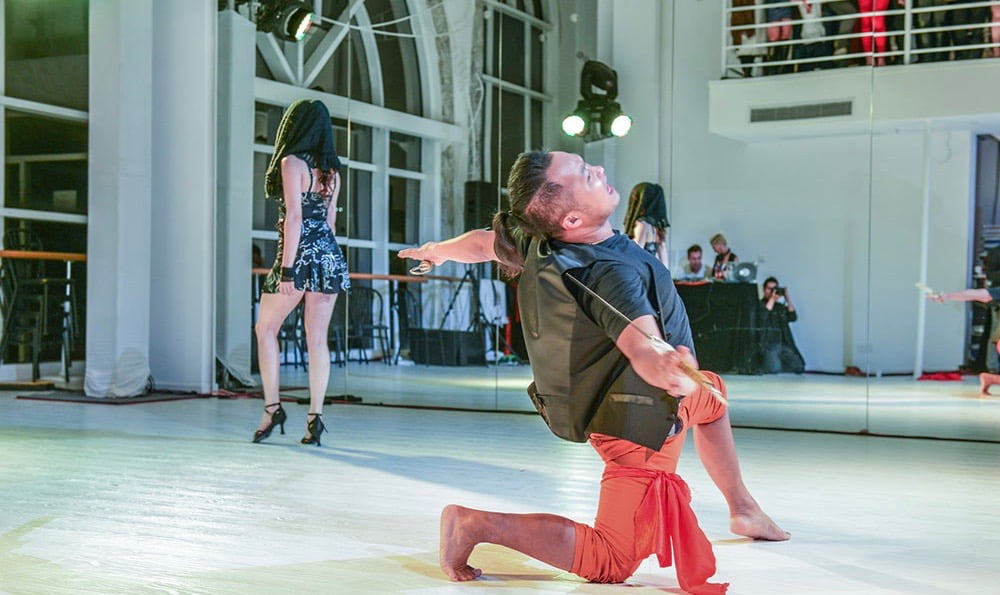
Salsa steps on beats:
Basically, a salsa song is made of a multiple number of 8count beats. An 8 count beat is actually split in 2: (1,2,3, pause) then (5,6,7, pause).
🇨🇺 Salsa steps and beats
163860
The image below shows you a simple salsa step. In the corresponding video, you can see the explanation. In the beginning, many people get confused about how to move and tend to make jumpy steps. Don’t worry; just keep the practice.
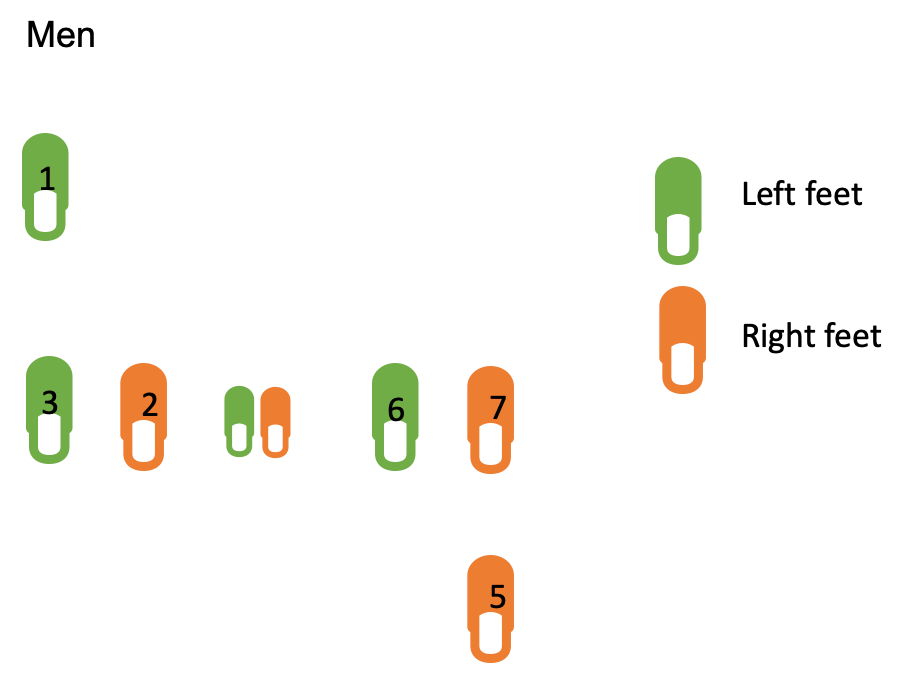
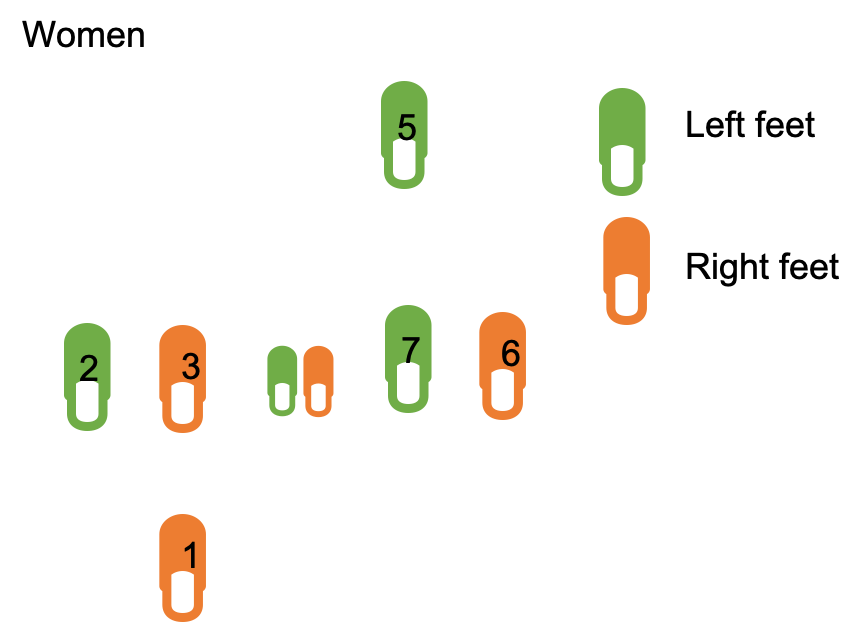
The first salsa steps
This is a simple left and right lateral step that follows rumba rhythm. Rumba is essential to develop good musical ears, great body movements, coordination, and strong muscles. It uses leg muscles a lot and counter steps. It’s a playful dance between men and women, with the man trying to conquer the lady by all means. The woman, however, does all she can to avoid this “seductive thief”. Trickery, changes of level, and different rhythms are used.
The other advantage of rumba is that it uses somewhat more “simple and primitive” musical instruments. This is great to help you recognize the steps while developing your musical ears. As you move more into traditional salsa music, you will find it easier to find the notes to dance onto.
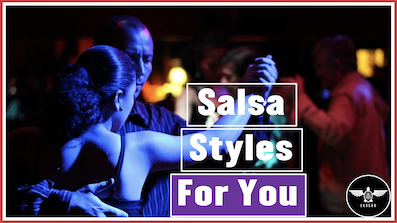
For men: your left leg will go left
Your left leg goes on the “1” to the left and comes back to the center (3)
Followed by your right leg to the right (5) and back to the center (7).

For women:
Your right leg goes on the “1” right and comes back to the center (3)
Followed by your left leg to the left (5) and back to the center (7).
The second salsa steps
It still follows up on rumba dance. This time we will integrate the sounds we hear with straightforward steps. Although simple, these steps can prove tricky since you must learn to listen to the music and find the right time to do each step. So instead of moving in a lateral left and right side, we will only move our hips and try not to move the legs. To properly dance salsa, it is imperative to focus on moving from the hips rather than the legs. That’s why many people who try to learn salsa steps at the beginning stumble or look out of coordination. They try to move their feet, and when the rhythm changes or the requested direction changes, they are either too slow to transition or too fast. With these simple salsa steps that borrow again from rumba, you will learn to focus on your hips.
For men and women
If someone were to get an aerial view of your movements, they would only see this:

That’s because you do not move your feet. Instead, it’s your hips that do all the work.
So men would move the left side of their hips as if going to the left.
Women are on the right side, going in the right direction.
The third basic salsa steps
Now that we can move from side to side and coordinate our movement with our hips let’s put both together and do a front and back steps movement, which is what most schools will teach you first. The difference is that this time we will learn these salsa steps on a count of 2 x 8 instead of 1 x 8. Again, this is done to help you out take your time and coordinate your movements.
For men
We move the left leg forward first. Then, women will respond by moving the right leg backward.

For women
Women respond to men’s steps by moving backward first with the right foot.

Fourth basic salsa steps
Let’s now use the same technique we used on the second salsa steps to help you coordinate your movement better. We will therefore make the front and back movements in our heads while moving the hips. That will again help you out with balance, coordination, and, consequently, hearing. Notice that the upper part of the body does not stay motionless. Generally speaking, the opposite arms and torso move with the step we want to emphasize. So, for example, if we move to the left, the right arm will move forward while the left arm and torso move back.
Fifth basic salsa steps
This last step is a circular movement. This movement tends to confuse some students, but as long as you follow what I show you, in no time, you will be able to master these salsa steps.
For men
We move in a lateral way with the left leg first crossing (1) the right leg
■ The right leg then moves further to the right (2)
■ Left leg moves back (3)
■ Right leg crosses behind the left leg in essence catapulting the left leg forward (5)
■ Left leg moves forward and to the left (6)
■ The right leg comes at the same place as the left (7).

For women
The movement is the same, but because we start with the right leg for women, the pattern is as follows:

I hope you enjoy these salsa steps. The key to success is to come back to the base. Repeat these basic salsa steps over and over and witness how your level goes up in no time.
Discover new, untapped materials
Learn Cuban Salsa, Bachata, Improv’ and many other dance styles. Check out these videos and see what you can achieve in less than 3 months. Private lessons available for just £35/Hour. Free body movement and basic salsa and bachata lessons provided.

